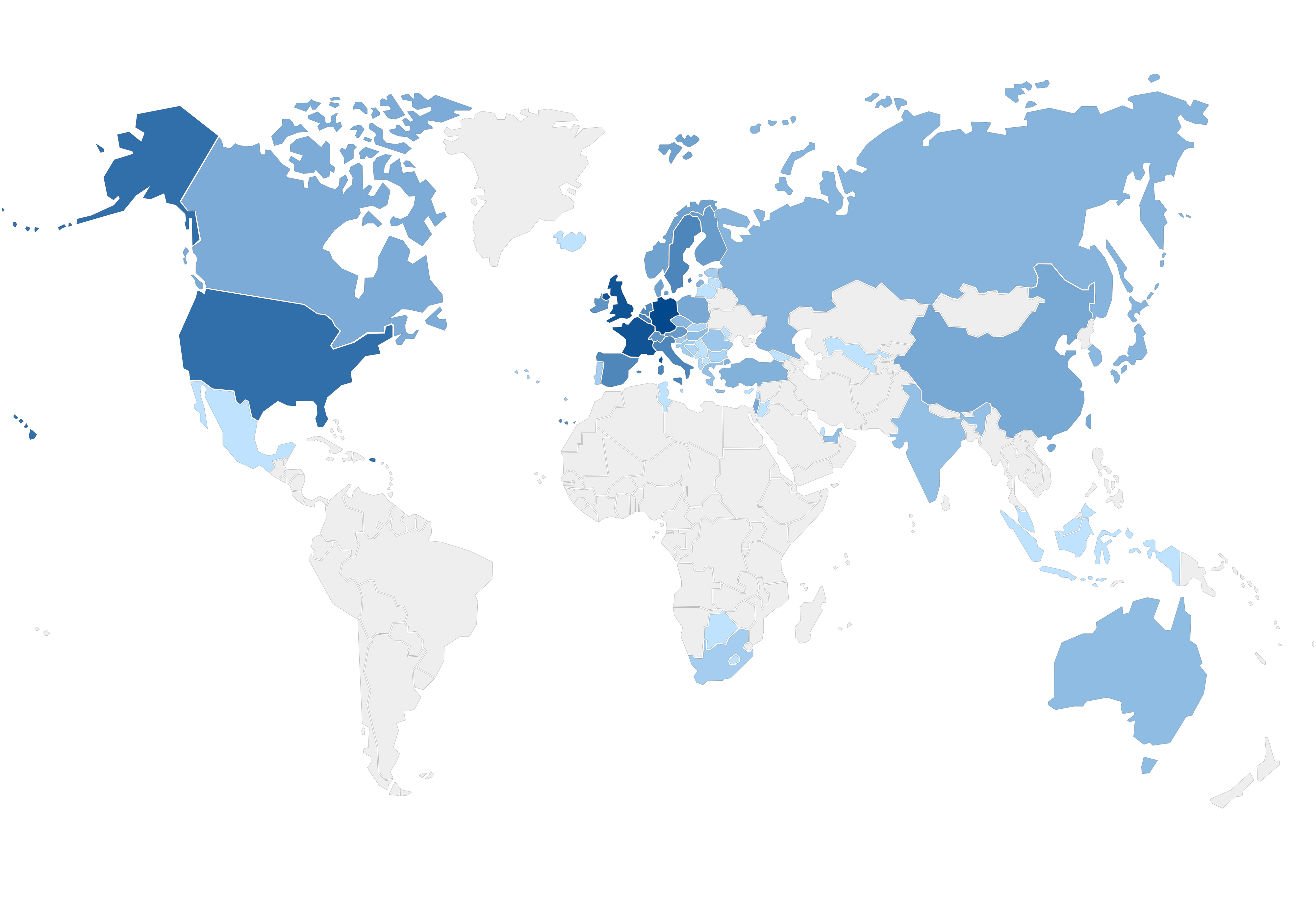About ETSI
ETSI (European Telecommunications Standards Institute) provides members with an open, inclusive and collaborative environment. This environment supports the timely development, ratification and testing of globally applicable standards for ICT-enabled systems, applications and services.
We are at the forefront of emerging technologies across all sectors of industry and society that make use of ICT. Our 900+ member organizations are drawn from over 60 countries and five continents.
As well as enhancing reputation, the many benefits of membership include:
- access to the most up-to-date information on global ICT standards
- direct participation in standards development
- competitive advantage through early standard adoption
- opportunities to network with industry leaders
We operate on a not-for-profit basis and are one of only three bodies officially recognized by the EU as a European Standards Organization.
Our Corporate Brochure and other brochures are available via the Media Library.
A European Standards Organization
ETSI is a European Standards Organization (ESO). We are the recognized regional standards body dealing with telecommunications, broadcasting and other electronic communications networks and services.
We have a special role in Europe. This includes supporting European regulations and legislation through the creation of Harmonised European Standards. Only standards developed by the three ESOs (CEN, CENELEC and ETSI) are recognized as European Standards (ENs).
Our global impact 
We were initially founded to serve European needs, but we have a global perspective. Our standards are now used the world over.
We collaborate and work in partnership with different types of organizations around the world. This makes us well placed to support our members who operate in an increasingly international and competitive environment.
In addition, we are a partner in the international Third Generation Partnership Project (3GPPTM). Through this project, we are helping to develop 4G and 5G mobile communications. We also work with partners around the globe in the oneM2M partnership project to develop standards for machine-to-machine communications.
Funding ETSI
ETSI is registered as an association under French law. This means that we are a not-for-profit organization.
Our funding comes from various sources including:
- Annual membership contributions – providing most of our income. Contributions are calculated according to the size of the member company or organization. Reduced contributions are charged for user associations, academic and research bodies and small businesses.
- European Union– the European Commission (EC) and the European Free Trade Association (EFTA) issue standardization requests – and provide funding – for us to develop specific standards, particularly Harmonised Standards, or for other related work. This is often in support of European legislation. They also provide general funding in support of our activities as a European Standards Organization (ESO). Together, this funding amounts to 15%–20% of our budget.
- Income from ‘commercial’ activities – including sales of standards, fees for events (such as interoperability testing events) and services to outside organizations.
- Contributions from partner organizations – e.g. services performed on behalf of collaborative activities, such as the Third Generation Partnership Project (3GPP™).
Expenditure includes:
- The provision of technical, project management and administrative support to our technical committees and other standards-related activities. This includes the operating costs of the ETSI Secretariat.
- Specialist Task Forces
- Interoperability testing events, workshops, etc.
- Special projects, typically in support of EC/EFTA research and development programmes.
Financial management
The ETSI Directives provide guidelines for the administration of our finances. This is overseen by a Finance Committee appointed by our General Assembly. The Director General is responsible for the day-to-day implementation and management of our finances.
Financial statements
Financial statements are provided to our members at each meeting of the General Assembly. Summary statements are included in our Annual Report.
History of ETSI
ETSI was set up in 1988 by the European Conference of Postal and Telecommunications Administrations (CEPT) in response to proposals from the European Commission.
There have been many significant events and achievements since ETSI was created – and many of them have had a global impact.
Below some landmarks in our history.
2024
2023
- Software Development Group OpenCAPIF announced
- Industry Standards Group on Securing AI becomes Technical Committee
- World's first Protection Profile for Quantum Key Distribution (QKD)
- 23rd Global Standards Collaboration meeting hosted by ETSI in London
- Summit on Sustainability: ICT Standards for a Greener World
- Announcement of Software Development Groups
- ENISA/CEN/CENELEC/ETSI Cybersecurity Standardization Conference supporting EU legislative framework, Brussels

